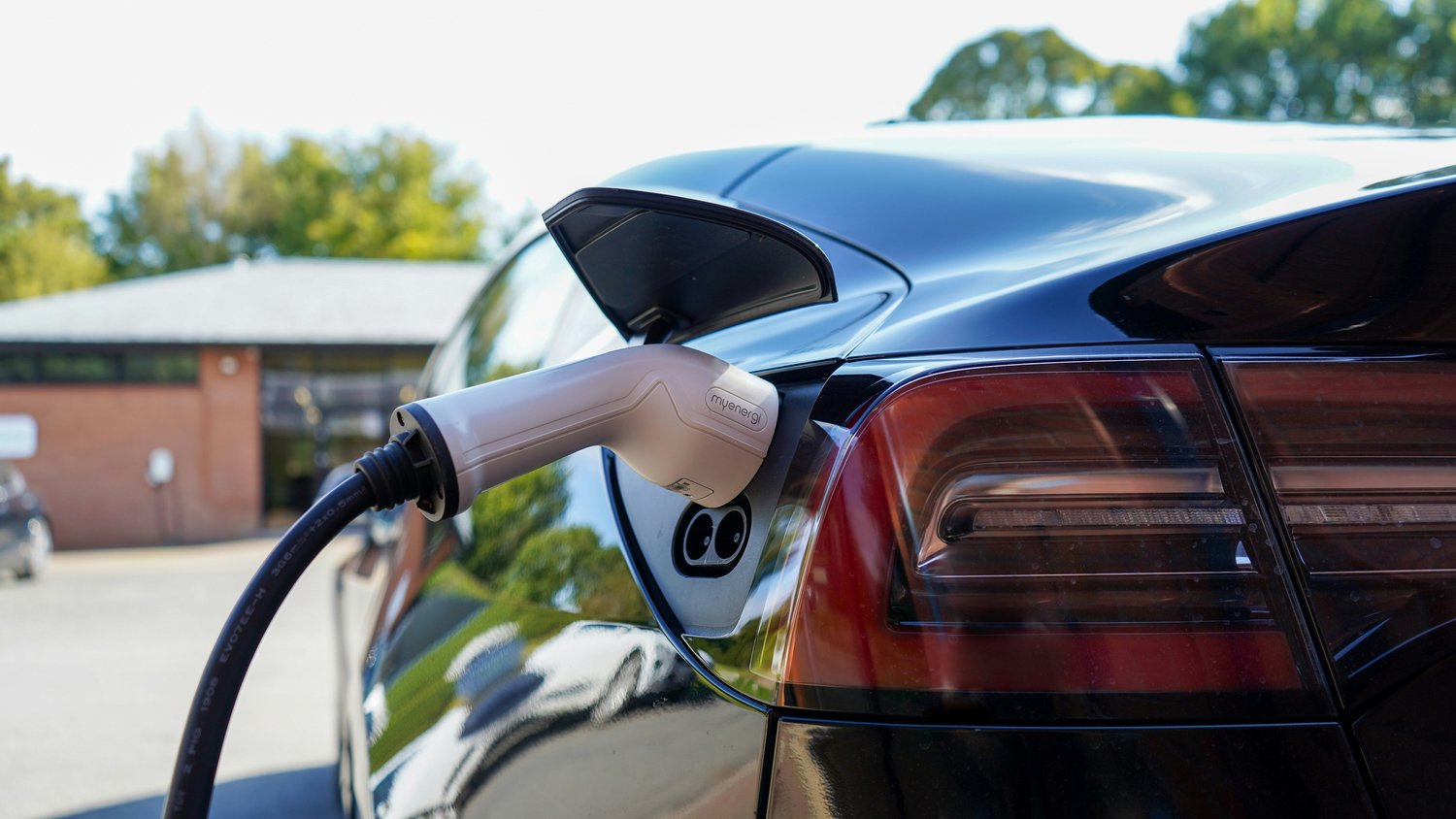
The future of transportation is electric. With the rise of environmental awareness, government incentives, and technological innovation, electric cars (EVs) have become a mainstream choice for everyday drivers. In 2025, electric vehicles are no longer a niche— they offer performance, style, and efficiency that rival or even surpass traditional gasoline-powered cars.
Whether you’re considering buying your first EV or want to understand how the electric vehicle landscape has evolved, this article will cover everything you need to know: how electric cars work, their advantages, challenges, types, and the best models available in 2025.
What Is an Electric Car?
An electric car is a vehicle powered entirely or partially by electricity, stored in onboard batteries and used to drive electric motors. Unlike internal combustion engine (ICE) vehicles, electric cars produce zero tailpipe emissions, making them a cleaner and more sustainable mode of transport.
How Do Electric Cars Work?
Electric cars are built around a few key components:
-
Electric Motor: Converts electricity into motion to power the wheels.
-
Battery Pack: Stores energy, typically using lithium-ion cells.
-
Power Electronics: Control energy flow and manage motor output.
-
Onboard Charger: Converts AC electricity from the grid into DC power for charging the battery.
Some electric vehicles (like hybrids) also include a combustion engine, but fully electric cars rely only on electricity for propulsion.
Types of Electric Vehicles
1. Battery Electric Vehicles (BEVs)
2. Plug-in Hybrid Electric Vehicles (PHEVs)
-
Combine an electric motor with a gasoline engine
-
Can be charged via a plug, but also use fuel
-
Examples: Toyota Prius Prime, Mitsubishi Outlander PHEV
3. Hybrid Electric Vehicles (HEVs)
-
No plug-in charging; the battery is charged through regenerative braking and the engine
-
Examples: Toyota Corolla Hybrid, Honda Insight
4. Fuel Cell Electric Vehicles (FCEVs)
-
Powered by hydrogen fuel cells
-
Emit only water vapor
-
Examples: Toyota Mirai, Hyundai Nexo
Benefits of Electric Cars
1. Environmental Impact
-
Zero tailpipe emissions for BEVs
-
Lower overall CO₂ footprint, especially when charged from renewable sources
2. Cost Savings
3. Performance
4. Convenience
5. Incentives
Challenges to Consider
-
Charging Infrastructure: Though rapidly improving, public chargers are still limited in some areas.
-
Range Anxiety: Worry about running out of battery, though most modern EVs offer 300+ km per charge.
-
Higher Upfront Cost: Typically more expensive than similar gas cars, though total cost of ownership is often lower.
-
Charging Time: Even fast chargers can take 30–60 minutes for a full charge.
-
Level 1 Charger (120V)
Level 2 Charger (240V)
DC Fast Charging
Best Electric Cars in 2025
1. Tesla Model 3 Long Range
-
Range: Up to 600 km
-
0–100 km/h in under 4.5 seconds
-
Features: Autopilot, fast charging, minimalistic interior
Why It’s Great: One of the best all-rounders with excellent range, performance, and smart features.
2. Hyundai Ioniq 6
-
Range: Up to 580 km
-
Sleek, aerodynamic design
-
Features: 800V fast charging, advanced driver assistance
Why It’s Great: Combines futuristic styling with practical features and long range.
3. Ford Mustang Mach-E
Why It’s Great: Ideal for those who want utility, style, and electric efficiency.
4. BYD Seal
-
Range: Up to 550 km
-
Chinese-built, increasingly available globally
-
Features: Affordable price, strong build quality, good tech
Why It’s Great: Excellent value with premium features, expanding availability worldwide.
5. Lucid Air
-
Range: Up to 830 km (top trims)
-
Ultra-luxury electric sedan
-
Features: Cutting-edge tech, spacious interior, fast acceleration
Why It’s Great: A top-tier EV for those seeking performance and luxury.
What to Consider When Buying an Electric Car
-
Driving Range: Ensure it meets your daily and long-distance needs.
-
Charging Access: Do you have home charging or rely on public stations?
-
Budget: Account for upfront cost, tax credits, and running costs.
-
Size and Use: Sedan, SUV, or hatchback—choose based on space and lifestyle.
-
Software and Features: Look for ADAS (advanced driver-assistance systems), infotainment, and remote app controls.
The Future of Electric Cars
The electric car industry is rapidly evolving. Here’s what to expect in the next few years:
-
Solid-State Batteries: Faster charging, longer range, improved safety
-
Wireless Charging: Easier, clutter-free charging at home or in parking spaces
-
Increased Affordability: More budget EV models entering the market
-
Smarter Vehicles: AI-based driver assistance and predictive maintenance
-
Sustainable Manufacturing: Use of recycled materials and low-carbon production methods
Final Thoughts
Electric cars are no longer just a futuristic concept—they’re the present and the future. With improved technology, lower running costs, and greater environmental benefits, EVs are a smart choice for both individuals and families. Whether you’re after performance, savings, or sustainability, there’s an electric car to match your lifestyle in 2025.
Thinking about making the switch to an EV? Share your driving habits, budget, and location, and I can help you shortlist the best options.
